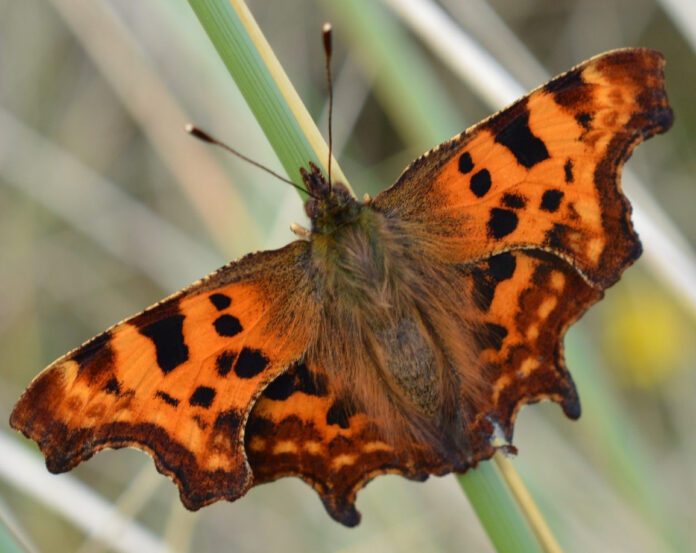
The newly-formed Limerick branch of the Irish Wildlife Trust (IWT) is asking local people to look out for Spring in the air by watching out for and recording 12 species of wildlife.
The Trust is kicking off a calendar of events with a Spring Watch over the next three months.
It will be hosted on their Facebook page and they are requesting members of the public to identify the first sighting in their locality of each of the species. Sighting images or video clips can be posted to https://www.facebook.com/IWTLimerickBranch
The aims of the IWT include development of personal knowledge in identification of Mid-west species, so that members become recorders with Biodiversity Ireland or other knowledge-based bodies.
They also engage, on a scientific basis, with State organisations, other official bodies and NGOs, for conservation of Mid-west species and habitats.
The Limerick branch is anxious to raise public awareness of local and national conservation issues and local participation in national IWT campaigns and projects.
Chairperson, Mike Quirke, said, “Limerick has a very diverse range of habitats, from the Shannon to the Galtees, and from the Sliabh Luachra district to the Slievefelims, with wetlands and dry limestone outcrops, woodlands, bogs and some amazing meadows.
“We are lucky that we have an extraordinary body of research built up over the past few years, which has culminated in the recent publication of County Limerick Sites of Botanical and Habitat Interest, and Inventory of Rare Plants.
“Even so, there are exciting discoveries being made all the time, such as the Bastard Cabbage in the City, a species of Bundophoron lichen in Glenstal Forest, Marsh Stitchwort in Castleconnell that was last seen there in 1906, the Comma butterfly near the city, Great Spotted Woodpecker breeding near Murroe and most amazing of all, the Kerry Spotted Slug in the Ballyhouras”.







